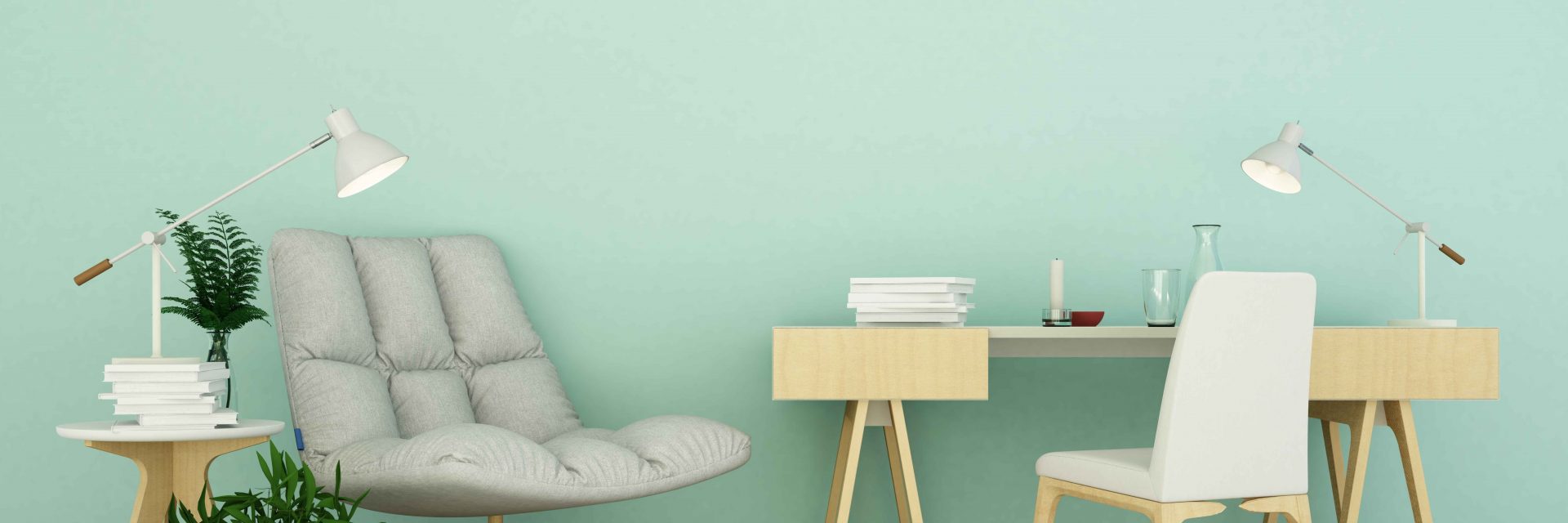Discover The Impact Of Seasonal Elements On The Effectiveness Of Commercial External Paint And Recognize The Ideal Times To Attain Enduring Outcomes For Your Job
Discover The Impact Of Seasonal Elements On The Effectiveness Of Commercial External Paint And Recognize The Ideal Times To Attain Enduring Outcomes For Your Job
Blog Article
painting impression -McLamb Bagger
When you're preparing an industrial outside paint task, seasonal factors can make or break your results. You'll want to think about exactly how temperature level and moisture impact paint application and drying times. Choosing the ideal season can ensure your paint sticks effectively and lasts longer. However which periods are absolutely the best for this type of work? Allow's explore the key elements that can influence your job's success.
The Influence of Temperature Level on Paint Application
When you're planning a commercial exterior paint project, the temperature level can considerably influence just how well the paint adheres and dries.
Ideally, you want to repaint when temperature levels range between 50 ° F and 85 ° F. If it's as well cold, the paint may not treat correctly, resulting in issues like peeling off or splitting.
On the other side, if it's too hot, the paint can dry out as well promptly, preventing correct bond and resulting in an uneven finish.
You ought to likewise take into consideration the time of day; morning or late afternoon uses cooler temperatures, which can be more beneficial.
Constantly examine the producer's referrals for the certain paint you're using, as they usually supply assistance on the ideal temperature array for optimum outcomes.
Humidity and Its Impact on Drying Times
Temperature isn't the only ecological factor that influences your business exterior painting job; moisture plays a substantial duty also. High moisture levels can decrease drying out times substantially, impacting the overall top quality of your paint job.
When the air is saturated with wetness, the paint takes longer to treat, which can result in issues like poor adhesion and a greater threat of mold growth. If you're repainting on a specifically humid day, be planned for extended wait times in between layers.
It's essential to monitor regional climate condition and plan as necessary. Preferably, aim for humidity degrees in between 40% and 70% for ideal drying out.
Keeping these consider mind guarantees your project remains on track and delivers a lasting finish.
Best Seasons for Commercial Outside Paint Projects
What's the very best time of year for your industrial exterior paint tasks?
Springtime and early autumn are usually your best options. During these seasons, temperatures are light, and moisture levels are usually lower, creating perfect conditions for paint application and drying out.
Avoid fresh coat painters , which can create paint to completely dry also swiftly, causing inadequate adhesion and surface. In a similar way, winter's chilly temperature levels can impede appropriate drying out and healing, taking the chance of the durability of your paint task.
Aim for days with temperature levels in between 50 ° F and 85 ° F for optimal results. Remember to check the neighborhood weather prediction for rain, as damp conditions can destroy your task.
Preparation around these factors guarantees your paint task runs efficiently and lasts longer.
Verdict
In conclusion, preparing your industrial outside painting jobs around seasonal factors to consider can make a substantial distinction in the result. By organizing work during the perfect temperature levels and moisture degrees, you'll guarantee better bond and drying times. Remember to watch on regional weather prediction and choose the right time of year-- springtime and early loss are your best choices. Taking these actions will certainly assist you accomplish a resilient and specialist coating that lasts.
